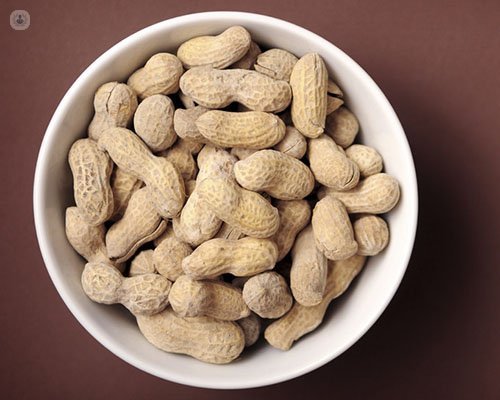What is histamine food intolerance?
Autore:Histamine food intolerance is often mistaken as food allergies due to its symptomatic nature. It's really an excess of histamine molecules in the body’s tissues combined with certain foods that has overflowed and triggered symptoms that affect individual health.
The histamine naturally contained in food is not the cause of the intolerance, but the histamine released by the body’s cells mixed with the ingestion of some foods, which can lead to chronic signs of the disease.
This article takes a look at the different types of histamine and its non-allergic food intolerance symptoms.

What is histamine?
Histamine is a vital protein molecule that acts as a neurotransmitter in the functioning of many of the body’s systems. As a chemical released by the body for immune response, it can actually cause allergic reaction symptoms.
Histamine disease can be classified as:
- Exogenous histamine: Which comes from diet and food that is ingested. It has not been deactivated in the digestive tract but it has passed into the blood, causing symptoms.
- Endogenous histamine: Which comes from the accumulated histamine inside the cells of the individual. If the process is caused by a type of antibody called IgE, it is an allergic process that can be triggered by pollen, mites, fungi, food proteins, or food. Other situations of histaminosis where factors such as stress or too much sun exposure influence the release.
Symptoms of non-allergic histamine food intolerance
Symptoms include:
- rashes/eczema
- irregular heart beat
- abdominal cramps
- wheezing, runny nose, watery eyes
- headaches
- difficulty falling asleep
- tissue swelling
- fatigue
Due to the symptoms, patients tend to visit a specialist in other medical disciplines before being referred onto a relevant specialist.
Between 30-40% of patients diagnosed with histamine food intolerance suffer from conditions such as fibromyalgia or chronic fatigue.
Betwen 20-25% of patients come from trauma consultations with problems of dehydration of intervertebral discs.
Between 10-12% of patients come from digestive consultations. A minority come via other consultations such as neurology, allergy, and dermatology.
Diagnosis of non-allergic histamine food intolerance syndrome
If digestive symptoms dominate, the patient often thinks that they have a problem with a particular food group and tries to diet on their own eliminating, for example, lactose or gluten. Sometimes, this reaction causes slight improvement, but the problem is not usually solved.
A blood test determines the diagnosis of histamine food intolerance, which then consists of in-vitro stimulation of the patient’s cells with certain food antigens and an assessment of the type of histamine response that occurs. During the diagnosis, the specialist might consider one or several foods that have triggered the process, although the histamine food intolerance syndrome does not have a cause-effect relationship with food intake as clear and immediate as an allergy.
Treatment of non-allergic food intolerance syndrome
The basis of treatment is a personalised therapeutic diet, which excludes histamine-releasing foods such as alcohol, chocolate, milk, nuts, wheat and many artificial preservatives. Low histamine foods such as freshly cooked meat (poultry) and fish, eggs, rice, quinoa and most vegetables should be increased in the diet.


